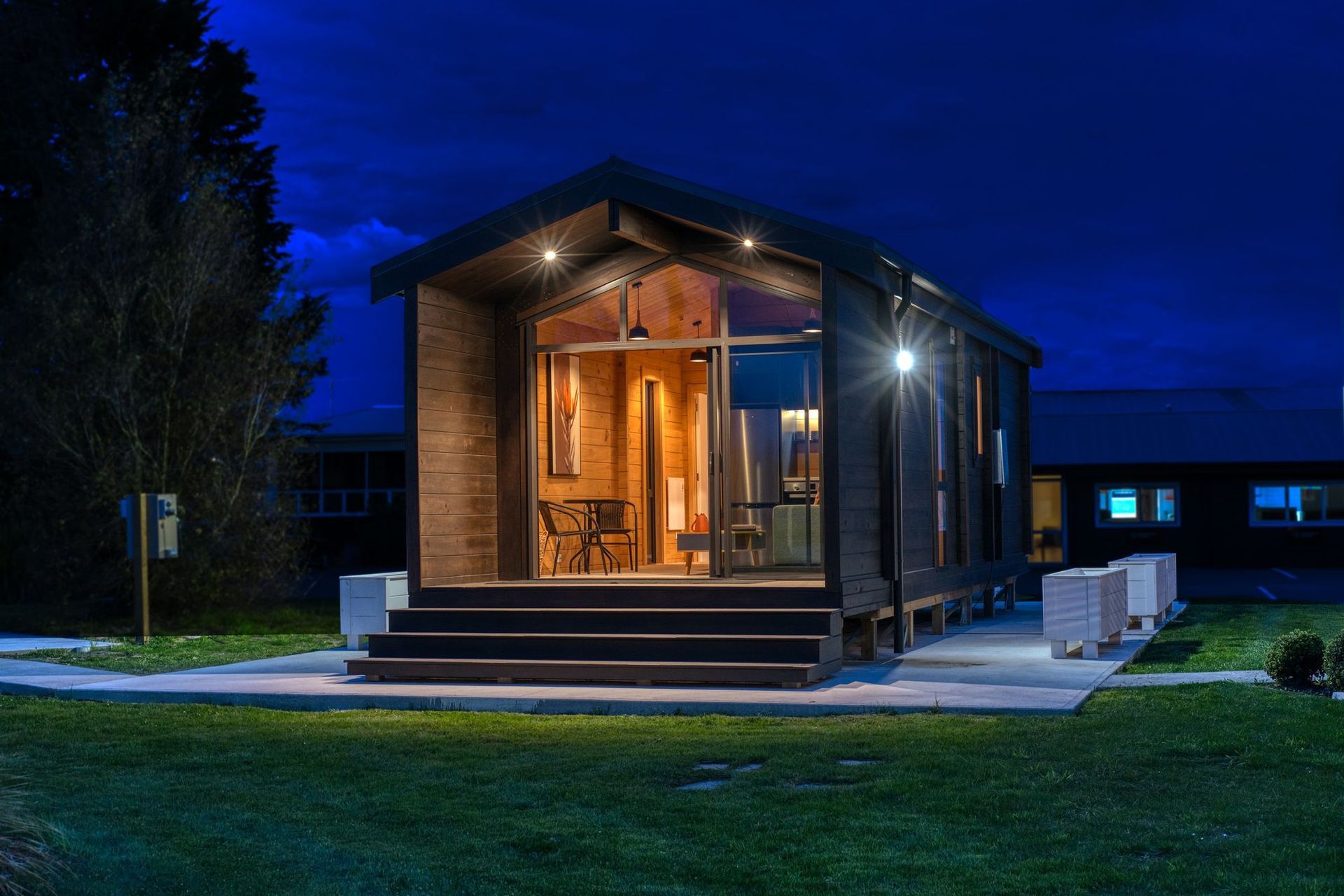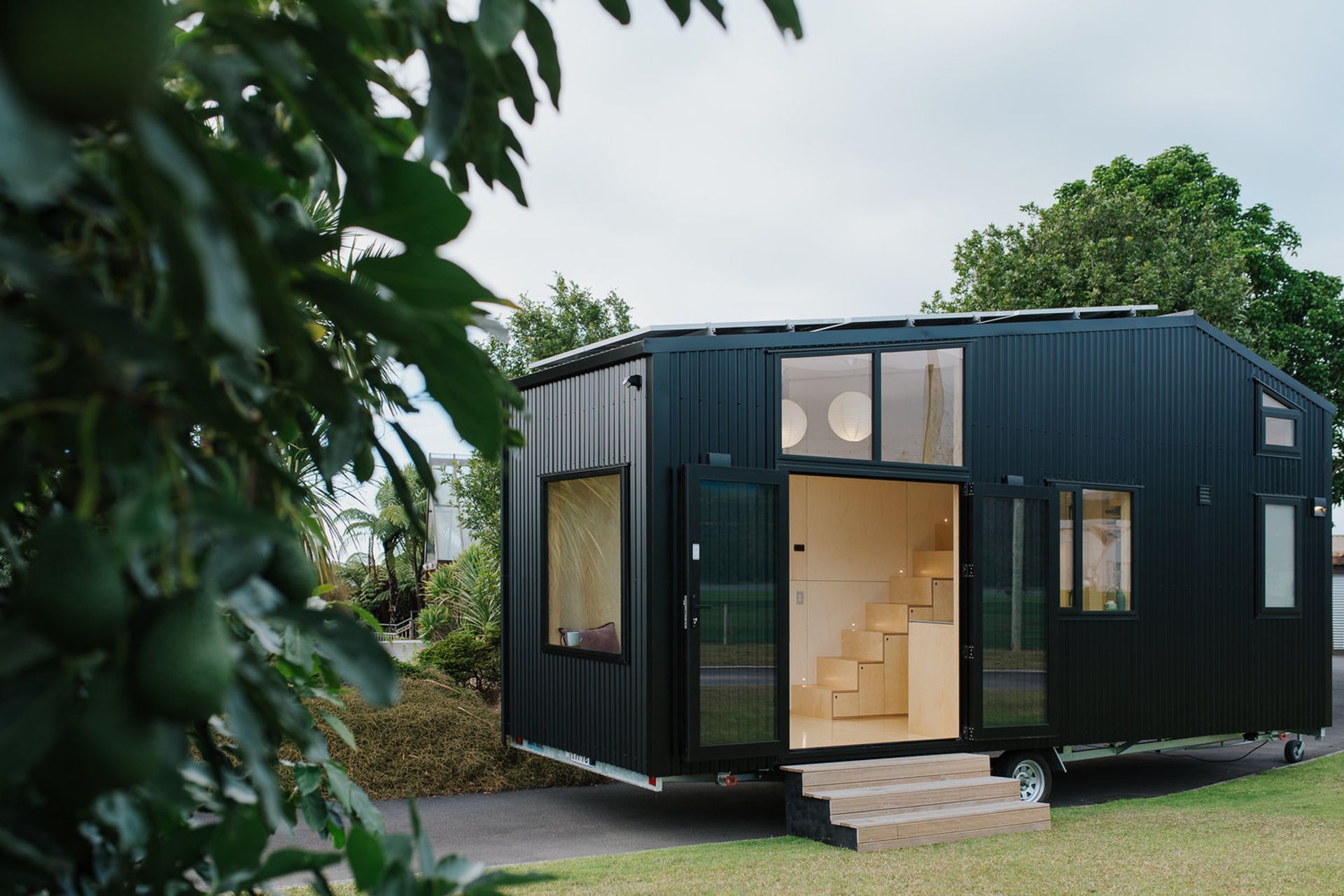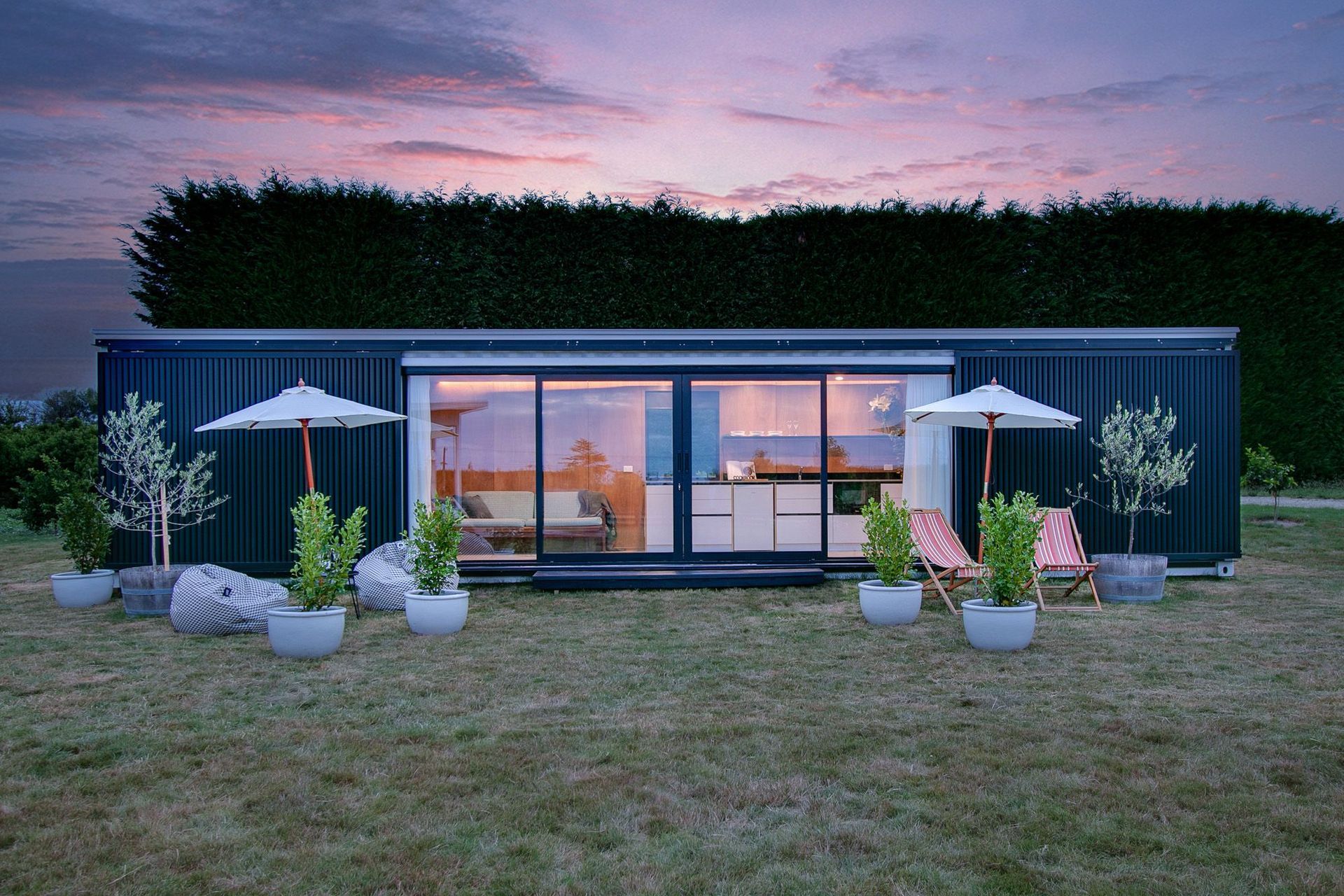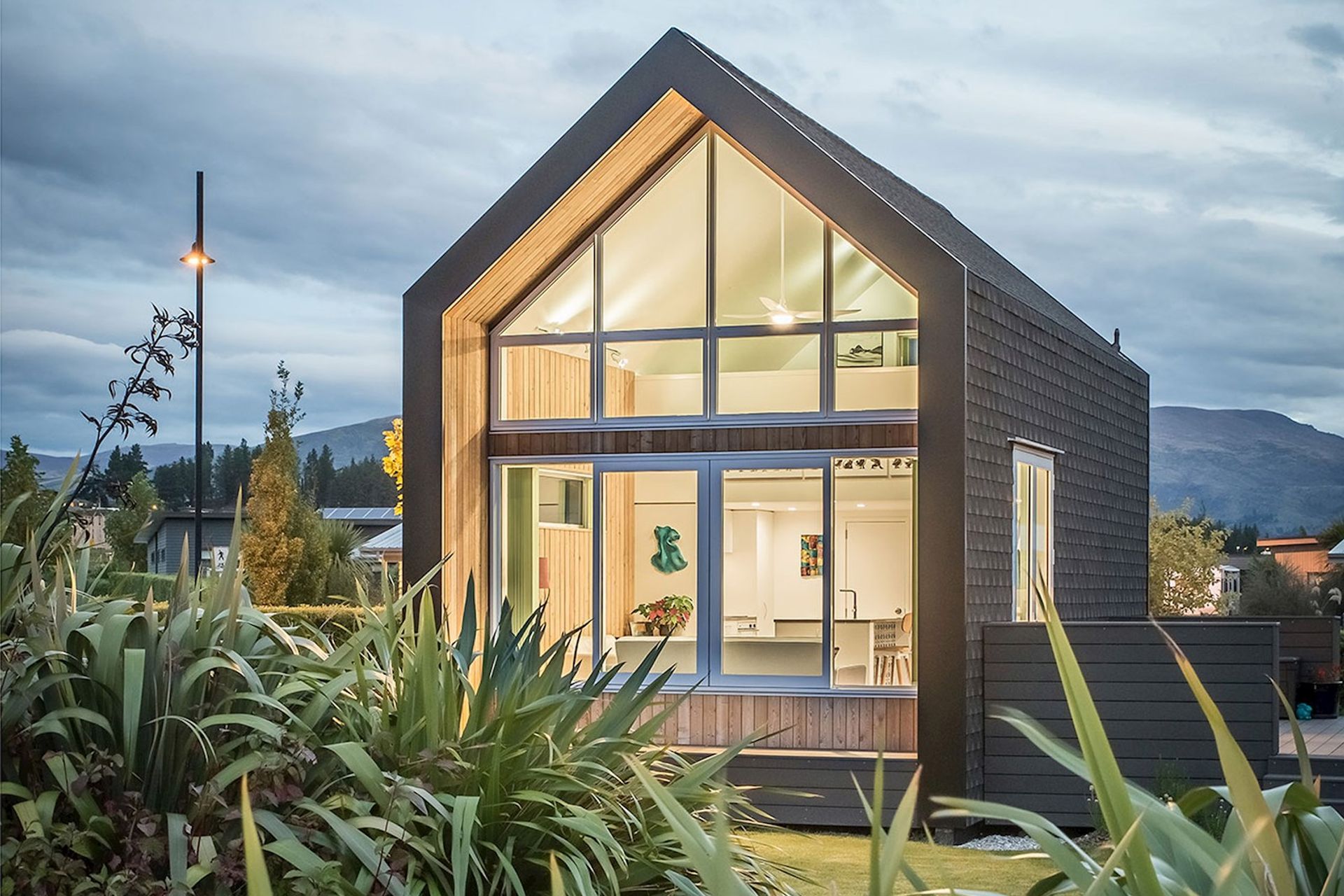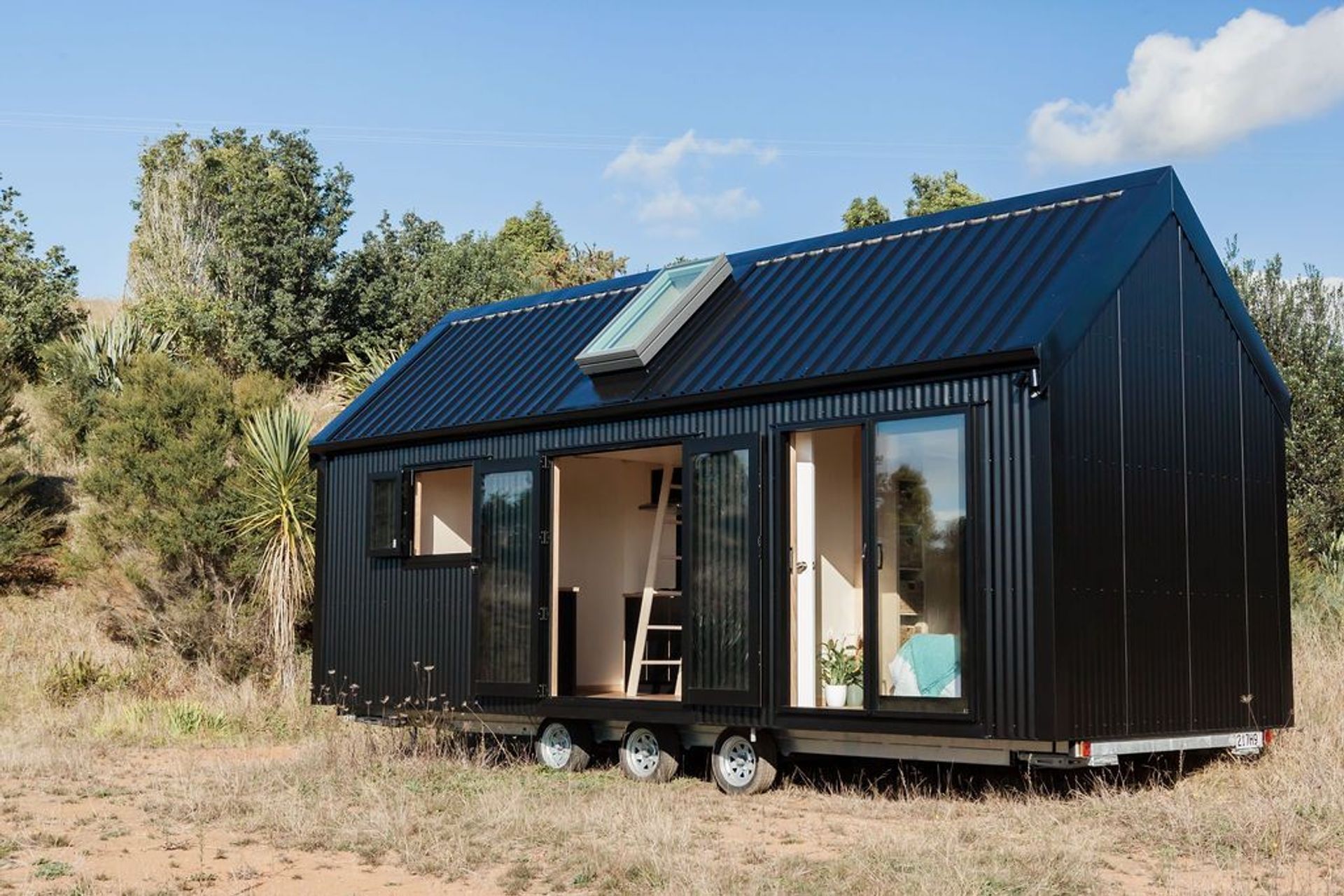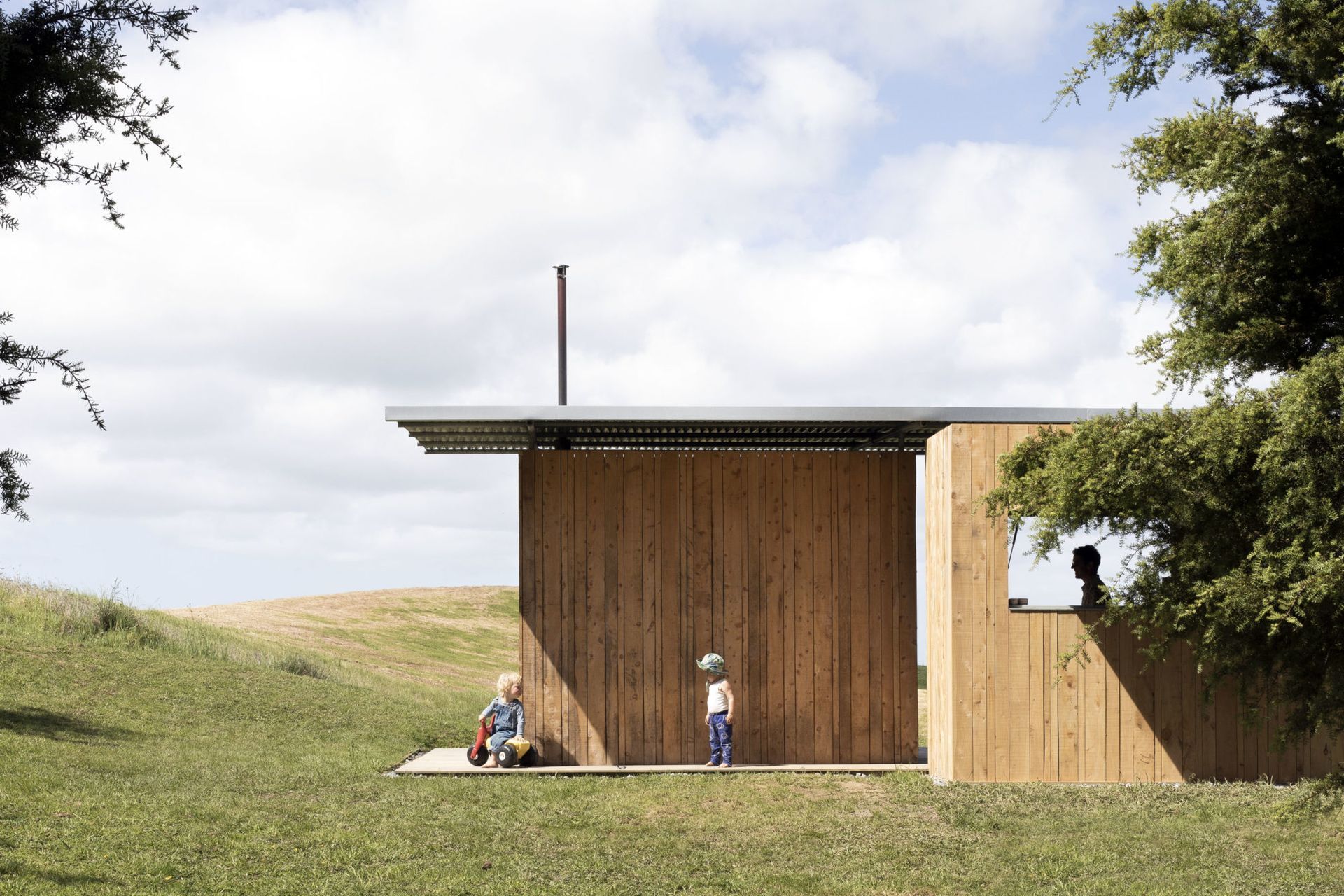What is a tiny house? An ultimate guide for small homes
Written by
02 February 2020
•
8 min read

If you've always been intrigued by the prospect of tiny home living and have finally got to the stage where it might be something to pursue, it's important to begin your journey with a bit of research. There are a number of important factors to consider before diving in, which include tiny house laws, rules and regulations to give you a realistic picture of what the project entails.
What is a tiny home?
Tiny homes are generally separated into two categories: tiny houses on wheels (THOW) and tiny houses. A tiny house, according to the New Zealand Tiny House Association (NZTHA), is a structure that has the character and functionality of a permanent house, is fixed to the land and is of similar scale to a large caravan or recreational vehicle. Essentially, it is a small home.
A tiny house on wheels, on the other hand, has the character and functionality of a permanent house but is built on a trailer and not fixed to the land. It is comparable to a large caravan or recreational vehicle.
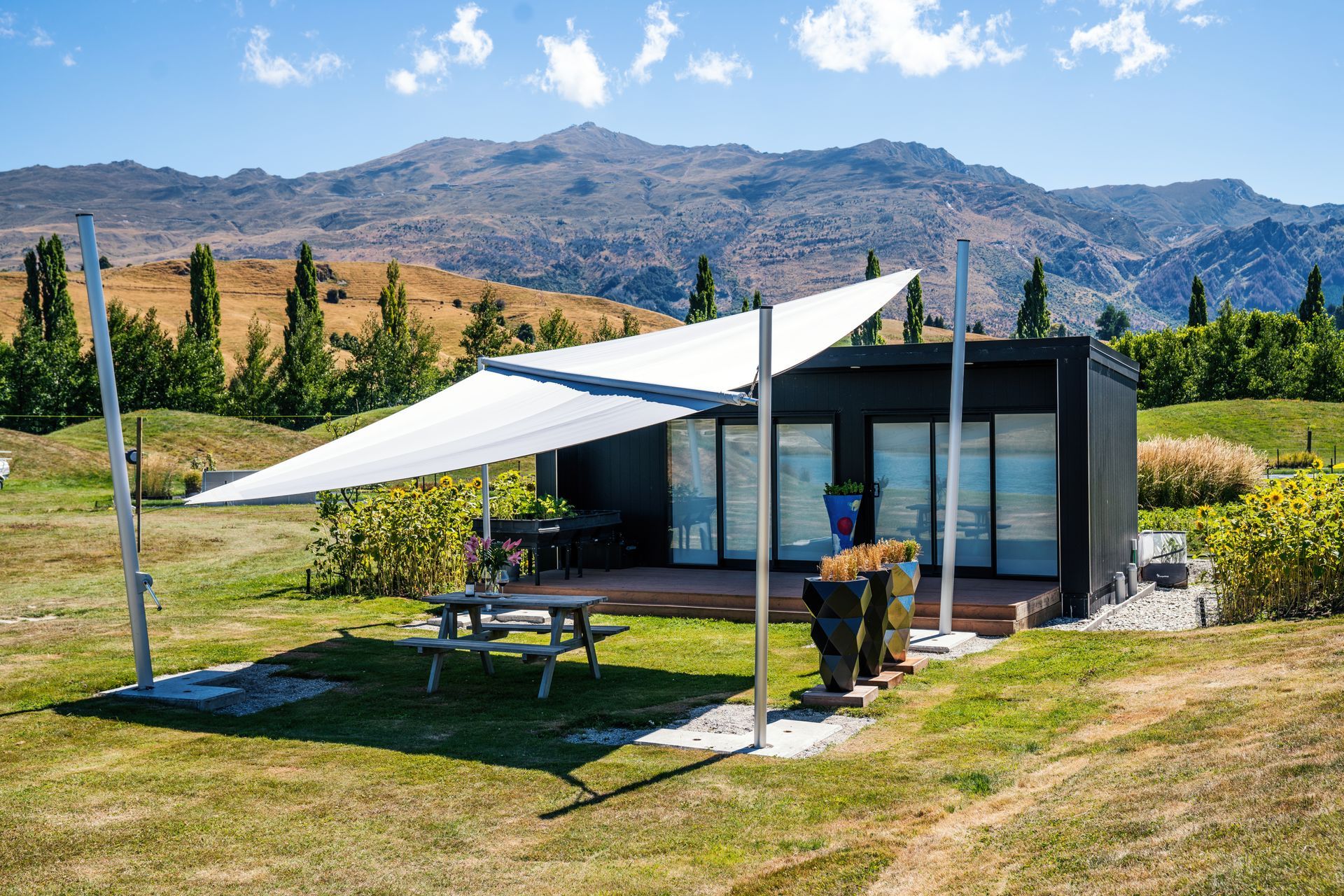
Do tiny houses have to be on wheels?
As we've quickly covered, tiny houses do not have to be on wheels, with many tiny homes built as permanent, fixed dwellings on foundations. However, many tiny homeowners opt for transportable dwellings for the flexibility it brings and the easier path for construction given these don't have to go through the same building consent process as tiny homes built as permanent dwellings.
How big can a tiny house be in New Zealand?
The maximum dimensions a transportable tiny home can be built on a trailer without the need for a special permit is 2.55m wide, 4.30m in height (from the ground) and 12.50 metres long. The total weight must not exceed 3.5 tonnes.
A fixed tiny home is not restricted in terms of size, but the maximum dimensions will be guided by local and regional requirements, along with consideration of site-specific information, all of which differ throughout the country and from site to site.
What is the average size of a tiny house?
The term ‘tiny’ in relation to houses, either fixed or transportable, generally refers to dwellings that are 37.16m² or less.
However, this is not a hard and fast rule and there are many factors that will influence this. Tiny houses on wheels, for example, can be as small as 10m² while those that are built as permanent dwellings on the land can be 60m² or more.
Do you need a building consent to build a tiny house in New Zealand?
In New Zealand, there are no specific tiny homes regulations as such, rather they will either fall under the relevant rules for vehicles (i.e. The Land Transport Act) if they are transportable or building regulations (i.e. The Resource Management Act and The Building Act) if they are permanent dwellings. Some may even need to abide by all three of the above.
Tiny house rules for transportable dwellings
A tiny house on wheels may be exempt from the requirements under the Building Act as a load on a trailer that is classed as mobile is not deemed to be a building and is therefore exempt from the requirements of the Building Code. However, if for some reason the tiny home is on wheels but is immovable and occupied by people on a long-term basis, then it is considered a building.
It's important to note that these rules are not consistent across the country, with some councils classifying transportable tiny homes as caravans, and others classifying them as buildings.
For example, the Tasman District Council classifies a (transportable) tiny house as a building if it will be or is used as long-term accommodation (for two calendar months or more in any year). If it is used for less than two calendar months in any one year, Tasman District Council classifies a tiny house as a caravan.
Tiny house regulations for permanent dwellings
Whether a tiny home in New Zealand meets the legal definition of a building is determined on its own merits. By in large, tiny homes as permanent dwellings nearly always fall under the rules and regulations of The Building Act.
There are some exemptions that relate to what is defined as a detached building but the limitations to this include those that are single-storey, less than 10m², do not contain any sanitary or cooking facilities etc. As you can see, most tiny homes will contain many, if not all of these features so will need to go through the building consent process.
What are the legal requirements for a tiny house in New Zealand?
In terms of the legal requirements, those discussed above with respect to Building Code must be compliant with the minimum standards that are set out where applicable.
There is also the matter of land use regulations and where you can place your tiny home which will be dependent on your local council's regulations.
You will need to comply with regulations for connecting a tiny home to services like water, waste management and electricity which again may vary depending on your location.
If you intend to use your tiny home as an accommodation like an Airbnb, you may need to check out your council's rules on short-term accommodation. Some, like the Queenstown Lakes District Council, require you to register any property that is rented out.
Again, as already mentioned, if your tiny house is on wheels, it must comply with the New Zealand Transport Agency's regulations for trailers, including size, weight, and safety features.
It should be noted that the legal requirements concerning tiny homes or any building for that matter are always evolving, and additional regulations or requirements may apply in certain situations. You are always best advised to consult with a certified professional to be sure of all your legal requirements before constructing any tiny house.
Where can I park a tiny house?
There are no nationwide rules about where a transportable tiny house can be parked. These rules are set at a local level and differ throughout the country. The best way to find out more about the rules for a specific area is to contact the relevant council. As there are no specific regulations for transportable tiny houses, it is best to ask about the rules for caravans as these can generally be seen as interchangeable.
Can I put a tiny house on my property or in my backyard?
Tiny houses, either transportable or fixed, will be subject to regulations depending on the region in which they are located. It always pays to check with the local council to ensure a tiny house complies with all relevant regulations and that it can be legally parked or built in the location it is intended for. Different areas have different zoning classifications and rules that you will need to follow so this check should be done early on in the process.
How much does it cost to build a tiny house in New Zealand?
Perhaps the most alluring element of tiny homes is their significantly lower cost to build than traditional houses, as well as the ability to tailor a budget based on a wide range of individual circumstances. A tiny house on wheels can cost anywhere from around $20,000 upwards, depending on the size, materials and design scope.
However, building a tiny house to meet the requirements of the Building Code is likely to cost closer to $100,000 with many high-end designs surpassing $200,000. This is still cheaper than building a standard-sized home though for some it can be a reality check to the fact that tiny homes still have some significant costs.
Related article: The true cost of building a tiny house in New Zealand
Are tiny homes a good investment in New Zealand?
Tiny homes can be seen as an investment opportunity in New Zealand, however, there are a number of factors that will influence the success of it as such.
The overall cost of the tiny home, as just discussed, can often be fairly high - sometimes even higher per square metre than a regular house. Higher upfront costs essentially means there'll be more money to recoup in the long run so understanding this about your budget is very important.
A higher quality of materials and design employed will help with the resale value of the tiny home too. There isn't much data on the resale value of tiny homes generally, but it's reasonable to assume that its value will fall broadly in line with housing sale trends in New Zealand dependent on the region you're in.
A tiny home can also be an option for rental income with many choosing to do so right throughout the country. This is particularly true in the context of short-term accommodation in touristic or scenic spots in New Zealand where there is especially high demand.
The essentials covered for tiny homes in New Zealand
With the essentials covered with respect to tiny house laws, regulations, costs as well as the rules and sizing and transportability, you now have a good foundation of knowledge from which to start thinking about your own tiny home project. With so many different elements to juggle and consider, it's always recommended to contact a tiny home specialist who'll be able to guide you through the process, offering the best and latest advice. It'll help bring your tiny home dream that much closer to reality so you can enjoy your newfound lifestyle that so many are taking advantage of.
Related article: The 7 best tiny homes in New Zealand that amaze and inspire
